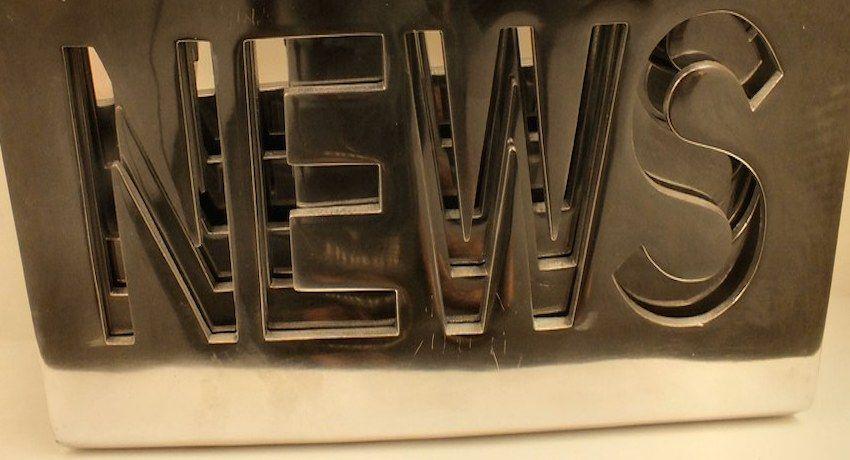
THREE-DIMENSIONAL TRADE MARK (T-700/21)
The German company Voco GmbH sought to register in 2019 before the EUIPO a three-dimensional trade mark for a medical package. The registration concerned goods in class 5 (dental preparations and articles) and class 16 (packaging materials and blister packs for packaging).
Both the examiner and at a later stage the Boards of Appeal (BoA) of the EUIPO, refused the EUTM application pursuant article 7.1.b) of the European Union Trade Mark Regulation (EUTMR), which is an absolute ground for refusal, as considered that the three-dimensional trade mark sought was devoid of any distinctive character.
The German company lodged an appeal against this decision before the General Court (GC), arguing that the mark had sufficient distinctive character in order to be registered.
As a reminder, the essential function of a trade mark is to identify the commercial origin of the goods and services designated by this trade mark, thus to distinguish them from those of other companies. Moreover, the distinctive character of a trade mark must be assessed in relation to the goods or services for which registration is sought, and in relation to the perception of the relevant public.
The GC, after having analysed the arguments of each party, upheld BoA’s decision.
The Court confirmed that as regards the assessment of the distinctive character of three-dimensional trade marks, the same requirements apply as per other types of trade marks, like figurative or word trade marks. However, the Court stated that the general public may experience more difficulties in distinguishing the commercial origin of a product, only from its shape or the shape of the packaging.
Moreover, the shape of the product was considered by the Court as very similar to the ones already present in the market, meaning that it was a usual packaging for medical devices covered by the trade mark in class 5.
For these reasons, it was considered that the requested three-dimensional trade mark could not perform the essential function of a trade mark, i.e., to identify the commercial origin of the goods.
Therefore, the appeal was dismissed and the company Voco couldn’t succeed in registering the three-dimensional sign sought.
ITINERANT (T-417/21)
The Italian company Itinerant Show Room Srl, filed an application for a EUTM, consisting in a figurative trade mark with a black duck and the word element “ITINERANT”. The EUTM application designated goods included in Classes 18 and 25, for instance leather, clothing, jackets, coats, boots, etc...
An opposition was raised by the Italian company Save the Duck SpA, owner of an earlier figurative EUTM, consisting in the silhouette of a black duck with an orange background, which designated the same classes - and similar and identical goods-, from the ones of the contested sign.
The grounds on which the opposition was based were those referred to in articles 8.1.b) and 8.5 of the European Union Trade Mark Regulation (EUTMR), namely likelihood of confusion among the general public and trade mark with reputation.
The Opposition Division of the EUIPO rejected the opposition arguing that the similarities between the signs were not sufficient for the purpose of applying article 8.5 EUTMR, nor article 8.1.b) EUTMR.
The Boards of Appeal of the EUIPO (BoA) annulled that decision and declared that the opposition must be upheld, considering that there was a certain degree of similarity between the signs.
The applicant lodged an appeal before the General Court (GC), arguing that when assessing the similarity between the signs, the BoA considered the figurative element as the dominant element, without taking into account the verbal element “ITINERANT”, which the applicant considered to be highly distinctive.
From its side, the GC confirmed the BoA’s decision.
The Court reminded that when alleging infringement of article 8.5 EUTMR, the following requirements need to be present:
- The marks at stake are identical or similar
- The earlier trade mark on which the opposition is based has reputation
- There is a risk that the requested EUTM takes unfair advantage or can be considered as detrimental to the distinctive character of the earlier trade mark.
As regards the similarity of the marks, the GC pointed out that “the comparison of the signs must be based upon the overall impression produced by the signs, bearing in mind, in particular, their distinctive and dominant elements”. In this case, outcome of the comparison was at follows:
- Visual: The Court held that both signs had in common a dominant figurative element, i.e., a black duck. Despite the existence of some differences in the contested sign – like the verbal element “ITINERANT”, the orientation of the duck or the colour of the beak or legs-, those were not sufficient to exclude the similarity between both signs. Therefore, the Court considered that the contested signs were visually similar to a medium level.
- Phonetical: The signs were not considered as similar at a phonetical level, as the earlier trade mark was purely figurative.
- Conceptual: The Court considered that conceptually both signs were identical, as both referred to the same concept (a duck), regardless of the verbal element “ITINERANT”.
As a result, both signs were found conceptually identical, visually moderately similar and phonetically not similar.
In the second place, the GC confirmed that the earlier mark had a considerable reputation among the Italian general public for 'down jackets'.
In addition to this, the Court recognised that the earlier trade mark conveyed “an image of quality, sustainability, environmental protection and charity”. Therefore, due to the similarity of both signs at a visual and conceptual level, the reputation of the earlier EUTM among the Italian public, and the similarity of the goods at stake, there was a risk of transferring to the contested trade mark that image deriving from the reputation of the earlier mark.
Consequently, the GC dismissed the appeal and confirmed that the opposition was well-founded within the meaning of article 8.5 EUTMR.
Details
- Publication date
- 22 September 2022
- Author
- European Innovation Council and SMEs Executive Agency
